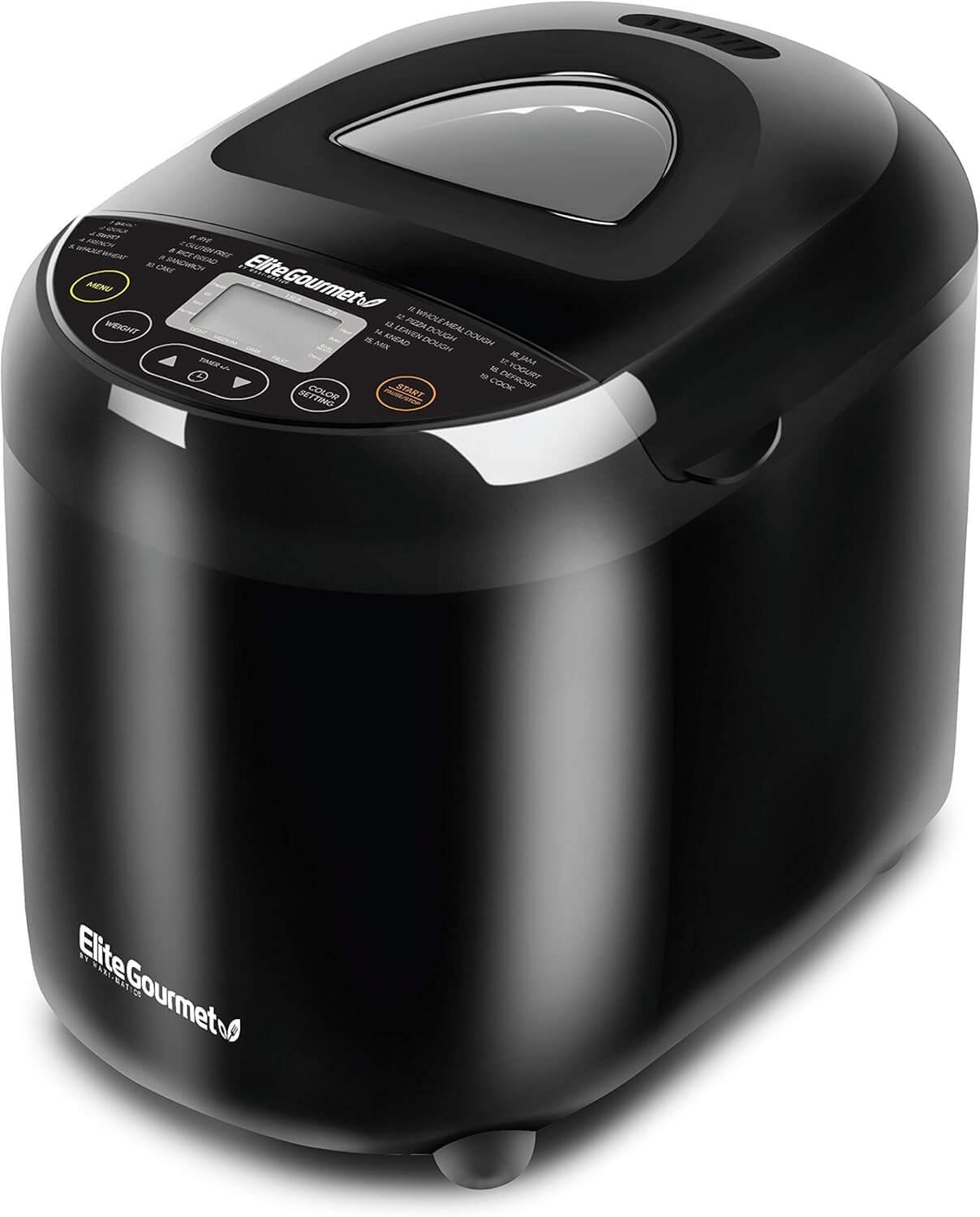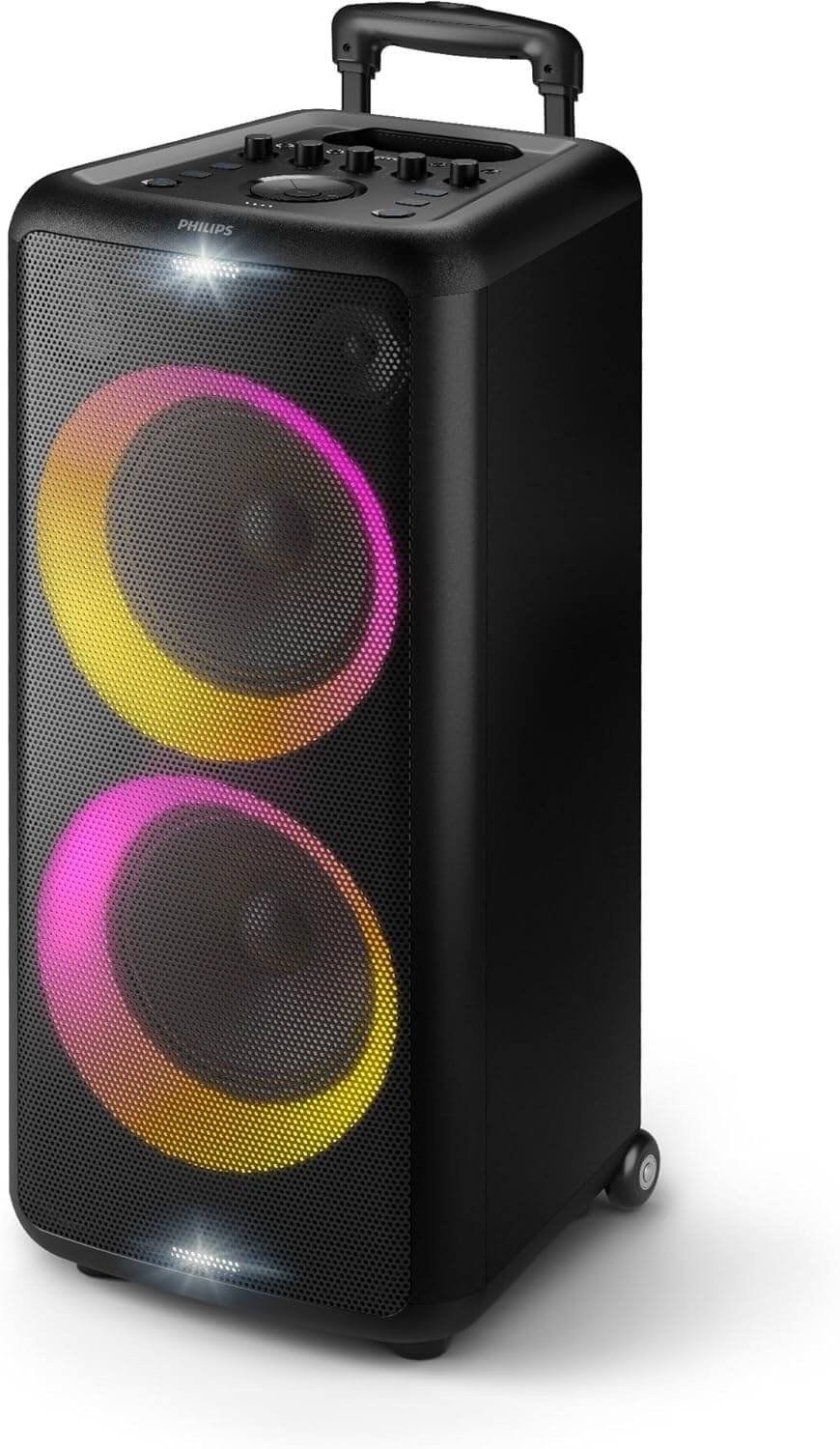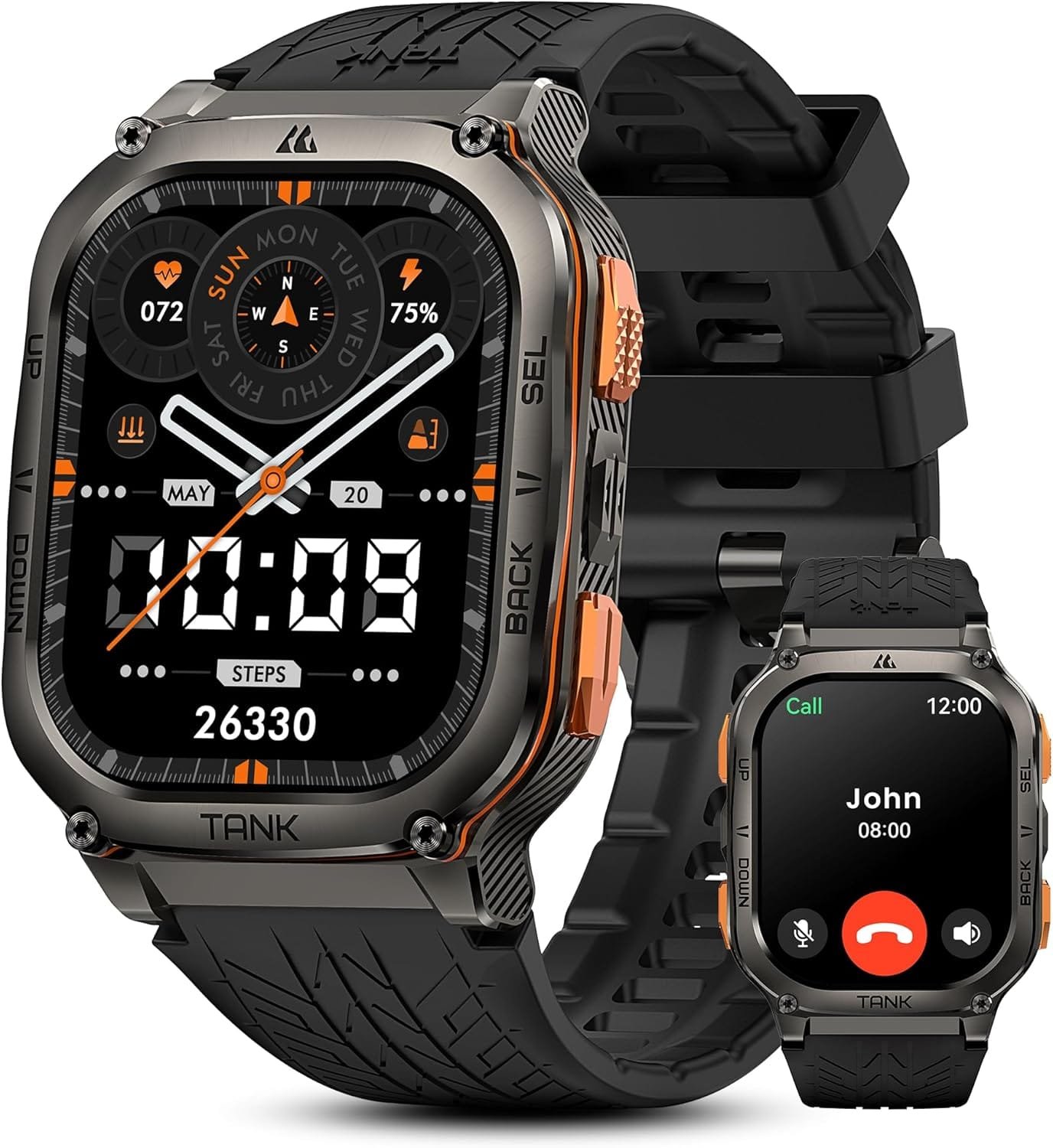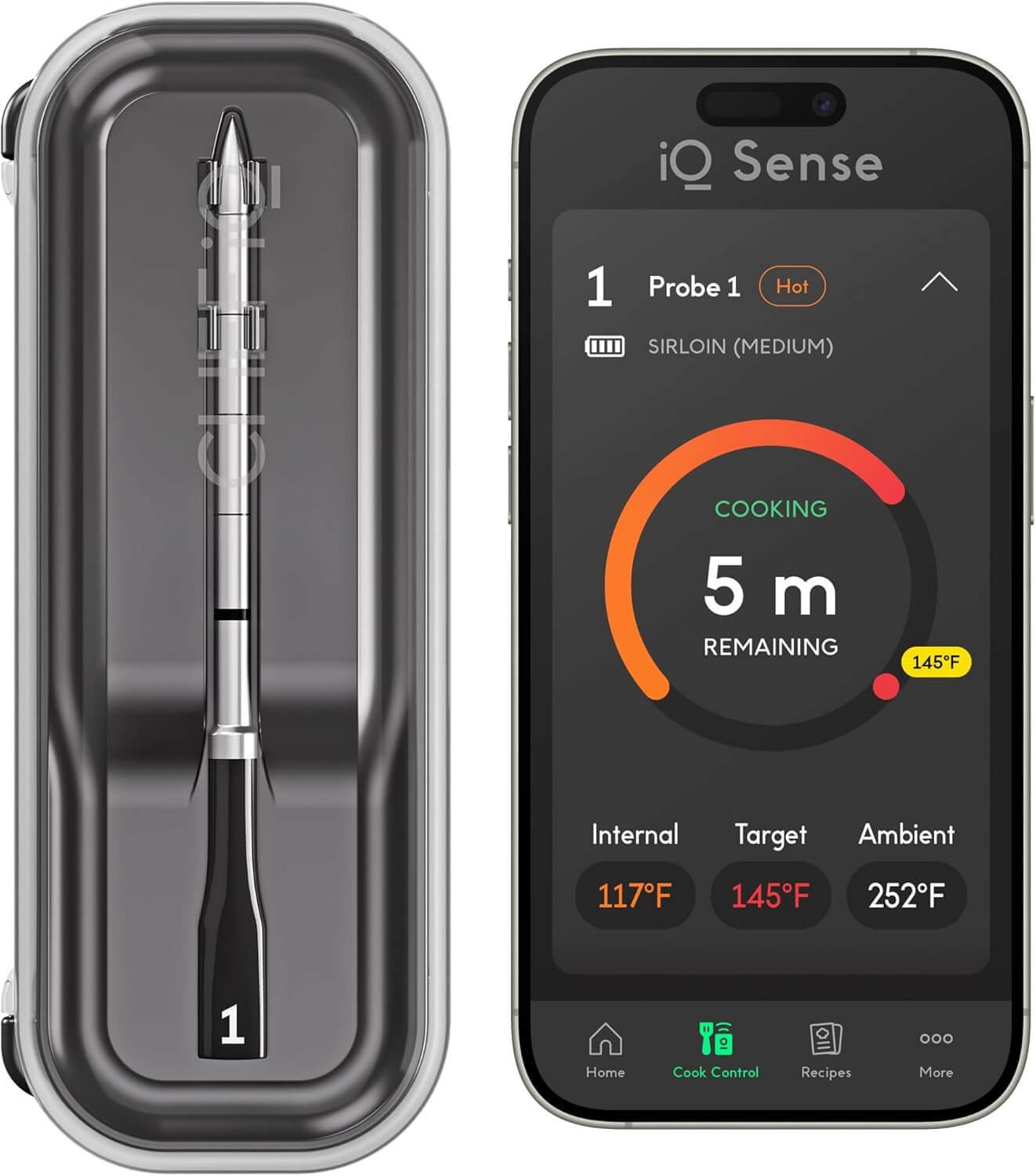Introduction to Power Banks
In today’s fast-paced digital landscape, where mobile devices such as smartphones, tablets, and wearables have become integral to our daily lives, the demand for sustainable and portable charging solutions has surged. Power banks have emerged as crucial devices, providing a reliable source of energy for users who are often on the move. These compact, portable chargers address the fundamental need for extended battery life, allowing for uninterrupted use of technology throughout the day.
The primary function of a power bank is to store electrical energy that can be used to recharge electronic devices when conventional power sources are unavailable. Typically equipped with lithium-ion or lithium-polymer batteries, most power banks feature multiple charging ports and varying capacities, catering to different user requirements and device types. As a result, individuals can confidently travel, attend meetings, or engage in outdoor activities without the constant worry of their devices running out of power.
As our dependency on mobile technology continues to intensify, the functionality of power banks has also evolved. Many modern power banks come with built-in features such as fast charging, multiple output ports, and intelligent charging technology, which ensures optimal charging efficiency without damaging the devices. Additionally, the increasing variety of designs, sizes, and colors allows consumers to choose power banks that not only meet their technical needs but also align with their personal style.
In light of these developments, power banks represent more than just a convenience; they are essential tools for anyone who relies on mobile devices for both work and leisure. Understanding how power banks work and their importance in the contemporary mobile ecosystem is key to leveraging technology effectively and ensuring one remains connected when it matters most.
What is a Power Bank?
A power bank is a portable battery device designed to store electrical energy, allowing users to recharge their electronic devices on the go. This handy gadget is particularly beneficial for smartphones, tablets, cameras, and other devices that require a power source when an electrical outlet is not readily available. Essentially, a power bank functions as an external battery, providing added convenience and flexibility in today’s mobile-centric society.
The primary components of a power bank include battery cells, a circuit board, and charging ports. The battery cells are the heart of the power bank, typically made of lithium-ion or lithium-polymer materials, and are responsible for storing the electrical energy. These battery cells are chosen for their high energy density, allowing them to hold significant power in a compact size while being lightweight for portability. The energy stored in these cells can be used to charge devices multiple times, depending on the capacity of the power bank.
The circuit board regulates the flow of electrical energy from the power bank to the connected device. It also ensures the efficient management of charge and discharge processes, protecting both the power bank and the device being charged from overcharging, overheating, or short circuits. Additionally, the charging ports, often USB or USB-C connectors, facilitate the connection between the power bank and the device. Different power banks may have multiple ports, allowing users to charge more than one device simultaneously.
With advancements in technology, various power bank models are available, differing in capacity, size, and features such as fast charging and wireless charging capabilities. By understanding the fundamental aspects of how a power bank works, users can make informed decisions when selecting the right portable battery solution for their needs.
How Do Power Banks Work?
Power banks are portable devices designed to store electrical energy for charging electronic devices such as smartphones, tablets, and laptops. The fundamental operation of a power bank revolves around the principles of energy storage, discharge, and electrical flow. When connected to a power source, typically an AC adapter or USB port, the power bank draws electricity and stores it within its internal lithium-ion or lithium-polymer battery cells.
Once charged, a power bank can deliver this stored energy to connected devices. The transfer of energy is governed by two primary electrical parameters: voltage and current. Voltage refers to the electric potential difference between two points, while current measures the rate of flow of electric charge. Most power banks output voltages of 5V, 9V, or 12V, which are standardized to match the needs of most modern devices. The charging speed, in terms of how quickly a device will recharge, is primarily determined by the current output of the power bank, usually expressed in amperes (A).
For efficient charging, power banks are equipped with integrated circuits responsible for controlling the flow of electricity during both charging and discharging processes. This feature ensures that the devices receive the appropriate voltage and current, maximizing charging efficiency while safeguarding against overheating or overloading. Additionally, smart technology embedded within many power banks allows for communication between the power bank and the device being charged, optimizing energy transfer based on each device’s requirements.
Moreover, advanced power banks may offer fast charging capabilities through technologies such as Quick Charge or Power Delivery, which manipulate voltage and current levels dynamically to enhance charging speeds significantly. Understanding these mechanics not only clarifies how power banks charge devices but highlights their increasing importance in a world reliant on portable electronics.
Types of Power Banks
Power banks are indispensable tools for anyone relying on mobile devices for daily activities. Their wide array of types allows users to select the best option suited to their needs. Understanding the different types of power banks can help consumers make informed choices when it comes to extending the battery life of their devices.
One of the most common types is the portable power bank. These devices are designed for convenience, allowing users to charge their smartphones, tablets, and other gadgets on the go. They typically feature USB ports that facilitate fast charging and come in various capacities, ranging from 2,000 mAh to 30,000 mAh and beyond. The portability factor makes them ideal for travelers, commuters, and anyone venturing away from power sources.
Solar power banks, another variant, harness solar energy to recharge their internal batteries. These eco-friendly options are particularly well-suited for outdoor enthusiasts who might not have access to traditional power outlets. Equipped with solar panels, they can recharge in sunlight, making them perfect for camping trips or long hikes. However, it’s important to note that solar charging may be slower than conventional charging methods, depending on sunlight availability.
Lastly, multi-device power banks stand out for their ability to charge several devices simultaneously. These power banks often feature multiple output ports, supporting various charging standards such as USB-C and Quick Charge. They are particularly beneficial for families or groups who have multiple electronic devices that require charging at the same time. By understanding these types of power banks, users can make better decisions tailored to their specific charging needs and lifestyles.
Why Do You Need a Power Bank?
In an increasingly digital age, the reliance on smartphones, tablets, and other portable devices has become an integral aspect of daily life. These devices offer invaluable services and connectivity, making their battery life a crucial factor in maintaining productivity and communication. This is where a power bank proves to be essential. A power bank serves as a reliable source of portable energy that can recharge devices on the go, ensuring that one remains connected regardless of location.
One of the most significant scenarios where a power bank is indispensable is during long travels. Whether embarking on international flights or road trips, travel often involves prolonged periods without access to a traditional power outlet. A power bank can provide the necessary charge to keep devices operational for navigation, entertainment, or communication. Moreover, for those who frequently attend conferences or business meetings, having a fully charged device is critical for taking notes, staying organized, and making important calls.
Outdoor activities also present challenges in maintaining device battery life. Hiking, camping, or participating in outdoor sports typically places a strain on battery use due to GPS tracking, photography, and streaming music. In these cases, a compact and lightweight power bank can offer peace of mind and security, ensuring devices are charged and ready for use when needed. Additionally, individuals who utilize their devices heavily throughout the day, such as for work or entertainment, may find it beneficial to have a power bank on hand to counteract the rapid depletion of battery life during critical periods.
Overall, the need for a power bank cannot be overstated in today’s fast-paced world. It ensures that users remain connected, engaged, and productive, regardless of their circumstances or environments.
Choosing the Right Power Bank
When it comes to selecting a suitable power bank, several key factors must be considered to ensure that the device meets your specific needs. One of the most critical aspects is the power bank’s capacity, typically measured in milliampere-hours (mAh). A higher mAh rating often translates to a greater ability to recharge your devices multiple times before needing a recharge itself. For instance, a power bank with a capacity of 10,000 mAh can recharge a smartphone several times, while a 20,000 mAh model might suffice for a tablet or additional devices.
Weight and size are also important considerations, particularly for users who frequently travel or carry their power bank in a bag or pocket. While a larger capacity often means a heavier and bulkier device, advancements in technology have led to the creation of lightweight power banks that do not compromise on performance. Finding the right balance between portability and capacity is essential for everyday use.
Charging speed is yet another vital factor. Power banks often support various charging outputs, typically measured in watts (W) or amperes (A). Fast charging capabilities can significantly reduce the time it takes to recharge your devices, making it crucial for individuals who require quick top-ups on the go. Additionally, consider the number of ports available. A power bank with multiple ports allows for simultaneous charging of various devices, which can be particularly convenient during travel or outdoor activities.
Lastly, brand reputation plays a significant role in the durability and reliability of a power bank. Brands with a history of producing reliable products often provide better customer support and warranty options. Researching reviews and product specifications can guide consumers in making informed decisions. By considering these factors – capacity, weight, size, charging speed, number of ports, and brand reputation – users can effectively select a power bank that aligns with their lifestyle and charging needs.
Tips for Using Your Power Bank Effectively
To ensure optimal performance and longevity of your power bank, it is crucial to adopt effective usage practices. First and foremost, it is essential to familiarize yourself with the specifics of your power bank, including its capacity measured in milliampere-hours (mAh), output current, and compatibility with your devices. Understanding these elements can help you choose the right power bank for your needs, ensuring it can adequately charge your devices when required.
One significant tip for using your power bank effectively is to charge it fully before your first use. Many power banks are shipped with a partial charge, so it is advisable to connect it to a power source and allow it to fully charge before utilizing it. This practice sets the foundation for the battery chemistry, potentially enhancing its lifespan. Additionally, regularly charging your power bank rather than allowing it to deplete completely can help maintain its battery health. Aim to charge it when it reaches around 20% of its capacity, as this prevents deep discharges that may shorten its overall lifespan.
When it comes to storage, if you do not plan on using your power bank for an extended period, it is important to store it in a cool, dry place and periodically check the charge level. Ideally, maintain it at around 50% of its capacity, as storing it fully charged for long periods can lead to degradation of the battery. Furthermore, avoid exposing your power bank to extreme temperatures or direct sunlight, as heat can adversely affect its performance and safety.
Lastly, regular maintenance of the power bank is key. Keep the device clean, particularly the charging ports, to ensure a solid connection with your devices. By following these recommendations, you will maximize the effectiveness of your power bank while prolonging its lifespan, making it a reliable companion for your electronic devices.
Power Bank Safety and Regulations
As the reliance on portable charging devices, such as power banks, continues to increase, ensuring their safety has become a paramount concern. Power banks are intricate electronic devices that can pose certain risks if not manufactured or handled correctly. Key safety issues include overheating, overcharging, and short-circuiting, all of which can adversely affect not only the power bank but also the devices connected to it.
Overheating typically occurs due to excessive current flow or inadequate ventilation during use. To mitigate this risk, manufacturers often design power banks with built-in temperature control systems that prevent overheating while charging. It is advisable for users to avoid exposing power banks to direct sunlight or extreme temperatures, as these conditions can exacerbate the overheating phenomenon.
Overcharging is another safety concern associated with power banks. When a power bank remains connected to a charging source for too long, it may lead to battery degradation or even an explosion in rare cases. Modern power banks are typically equipped with smart charging technology that automatically cuts off the charging process once the batteries reach their full capacity, thus preventing overcharging.
Short-circuiting is the result of an unintentional connection between the positive and negative terminals of a power bank, which can lead to severe damage or even fire. To counter this, reputable manufacturers ensure that their products are fitted with protective circuitry that minimizes the likelihood of short circuits occurring during normal use.
In addition to inherent safety features, several safety standards and certifications exist to enhance power bank safety. Organizations such as Underwriters Laboratories (UL) and the International Electrotechnical Commission (IEC) set guidelines ensuring that power banks meet specific safety and performance criteria. When purchasing a power bank, consumers should look for these certifications as a mark of safety and reliability, providing peace of mind while using such essential devices.
Conclusion and Acknowledgments
In conclusion, this guide has delved into the critical aspects of power banks, illustrating their function as portable charging devices essential for modern life. As we have explored, power banks serve not only as convenient tools for keeping our devices charged on the go but also as reliable solutions during emergencies when traditional power sources are unavailable. The various types and capacities of power banks cater to a broad spectrum of user needs, ensuring that there is an appropriate option for everyone, whether for traveling, commuting, or everyday usage.
Moreover, understanding the technical specifications, such as battery capacity, output power, and charging speed, can greatly enhance your decision-making process when selecting a power bank. It is essential to identify a power bank that aligns with your specific devices and lifestyle requirements. With proper selection, a power bank can extend the usability of your gadgets significantly, providing a sense of security in a world increasingly reliant on portable technology.
We appreciate your attention and hope that this guide has illuminated the various facets of power banks, helping you to recognize their invaluable role in your daily routine. As you reflect on your charging habits, consider how incorporating a power bank into your tech arsenal can improve your connectivity and convenience. Thank you for taking the time to read this essential guide; we hope it helps you make informed choices regarding portable charging solutions. Your engagement is appreciated, and we encourage you to share your experiences and thoughts on power banks as we all navigate our digital lives.
I have picked 5 of the best selling power banks for you to discover below.
INIU Portable Charger, Slimmest Fast Charging 10000mAh USB C in/Out Power Bank, 22.5W PD3.0 QC4+ Battery Pack, Portable Phone Charger for iPhone 16 15 14 13 12 Pro Samsung S22 S21 Google AirPods iPad
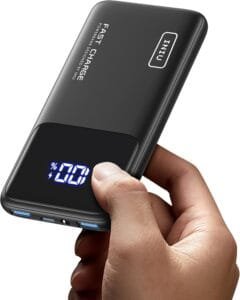 Click here
Click here
ELECOM NESTOUT Portable Solar Panel, Dual USB-A Ports, 28W Power Generation Charger for Phone Camping, Durable Water-Resistant Ripstop Nylon, Foldable Lightweight
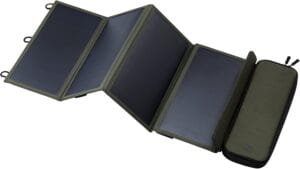 Click here
Click here
Belkin Power Bank, BoostCharge USB-C Portable Charger 20k w/ 1 USB-C Port and 2 USB-A Ports with USB-C to USB-A Cable for iPhone 16, 16 Plus, 16 Pro, 16 Pro Max, Samsung Galaxy S24, & More
 Click here
Click here
BLAVOR Solar Charger Power Bank 10,000mAh, Portable Wireless Charger, 20W Fast Charging External Battery Pack with USB C for Cell Phones
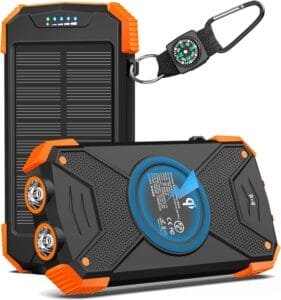 Click here
Click here
CONXWAN Portable Charger 26800mAh Power Bank 22.5W Fast Charging, 4 USB Outputs PD External Backup Charger Cell Phone USB C Battery Pack Compatible with iPhone Tablets Galaxy Android
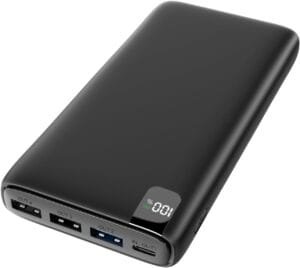 Click here
Click here







![Breville One-Touch CoffeeHouse Coffee Machine | Espresso, Cappuccino & Latte Maker | 19 Bar Italian Pump | Automatic Milk Frother | ESE Pod Compatible | Black [VCF107]](https://product-reviews-today.com/wp-content/uploads/2025/05/Breville-One-Touch-CoffeeHouse-Coffee-Machine.jpg)


